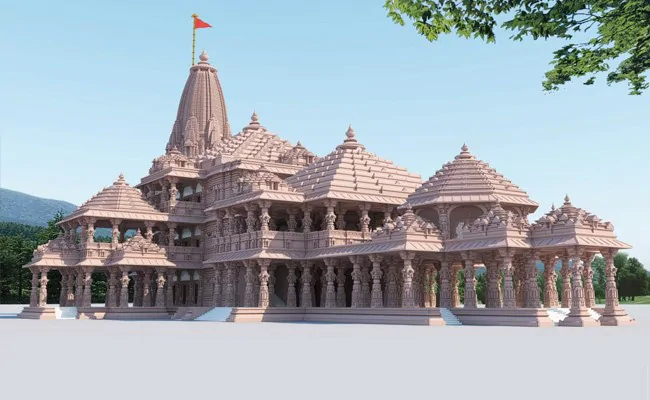HOW SHAH BANO LED TO RAM MANDIR – A SORDID TALE OF OPPORTUNISM


It all started with Shah Bano and her alimony.

To me, what transpired in Babri Masjid wasn’t a single act but an accumulation of history. The path to averting it should have been initiated way back in the 1950s. By 1990s it was fait accompli. So, I’d be hypocritical if I said I lamented the Babri Masjid destruction.
The ruins of Babri Masjid had served no purpose to the Indian Muslim other than to serve the purpose of petulance. There are many other issues which sections of Muslims, indeed all underprivileged, face, chief of which is access to structured finance, education, health etc which are all based around de-ghettoisation.
In as much as there is no Hindu wrong which can be addressed by going into history, the same holds true with Muslim. Hold on to petulance and everybody is then sanctioned to go deeper into history to recoup lost petulance.
We have to invest in showing care for each other. If we have to invest in energies by which we wrest from each other, ours is a lost cause.
Now, there’s a separate identity between Muslims and Hindus in India. And what could have been settled in inches will now be settled by miles. It will always be the visionary and the peace lovers who will have to pay for the deeds of the avaricious and the petty.
In truth, in life, there is only a single game which is played. And that game is the game of power. How one derives it. How one cultivates it. How one manages it. How one bids for it. But we aren’t taught that. We are taught many other things. The players of power know it. The victims are busy being distracted by other things. Ideology and collective faith are but means to power.
Ram Mandir will be looked upon as a reclamation of Indic heritage, by near history. The questions as to whether Indian Muslims are Indic first or Muslims first, will remain. But, if they didn’t subscribe to the Indic identity, why else had they not subscribe to partition and stay back?
Shah Bano case finally saw addressal in The Muslim Women (Protection of Rights on Marriage) Bill, 2019.
DISCLAIMER: The author is solely responsible for the views expressed in this article. The author carries the responsibility for citing and/or licensing of images utilized within the text.
1 Comment
You must be logged in to post a comment.

Very nice article!
You should have also added the fact how all this drama lead to Ramayan being aired in TV and how a wave of Hinduism was regenerated within the Hindus.